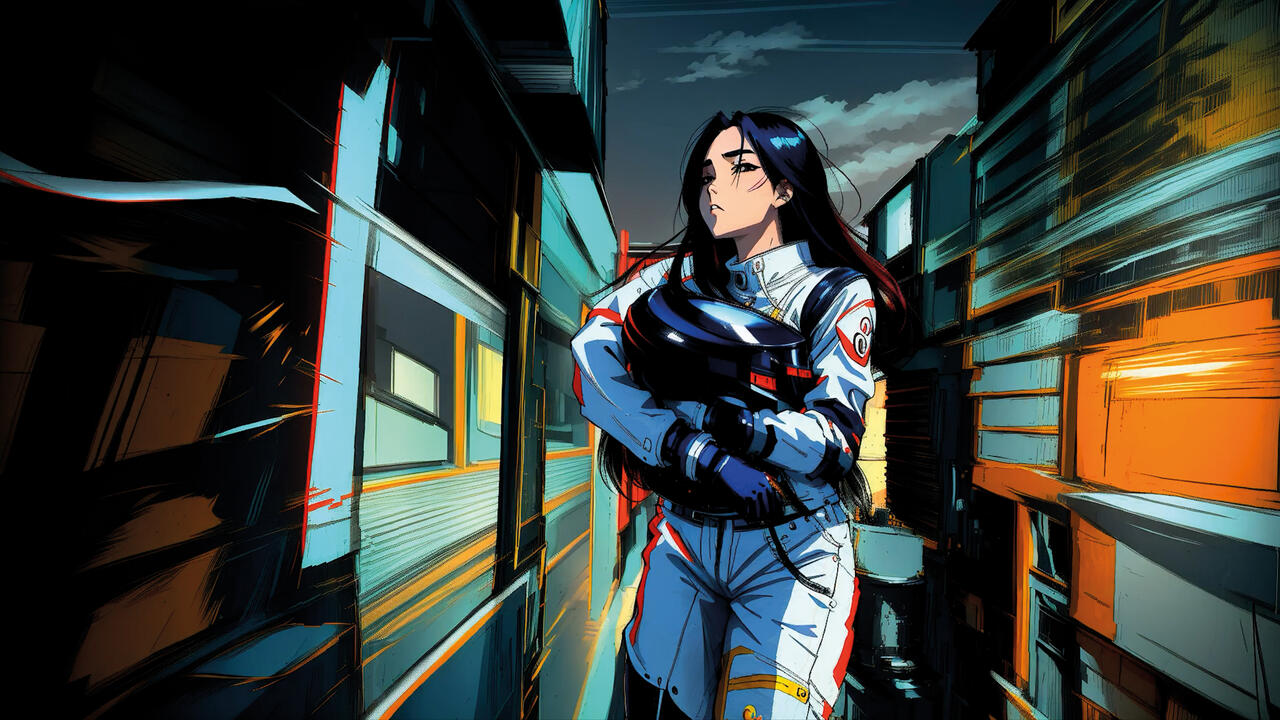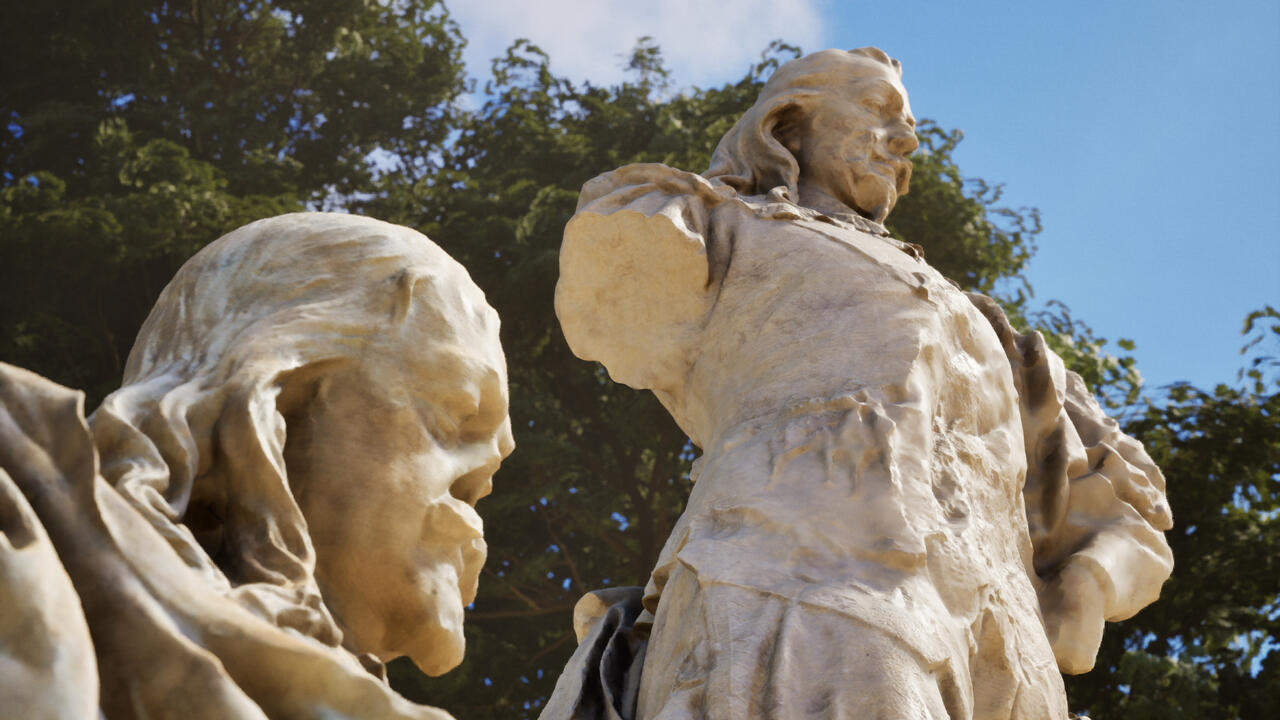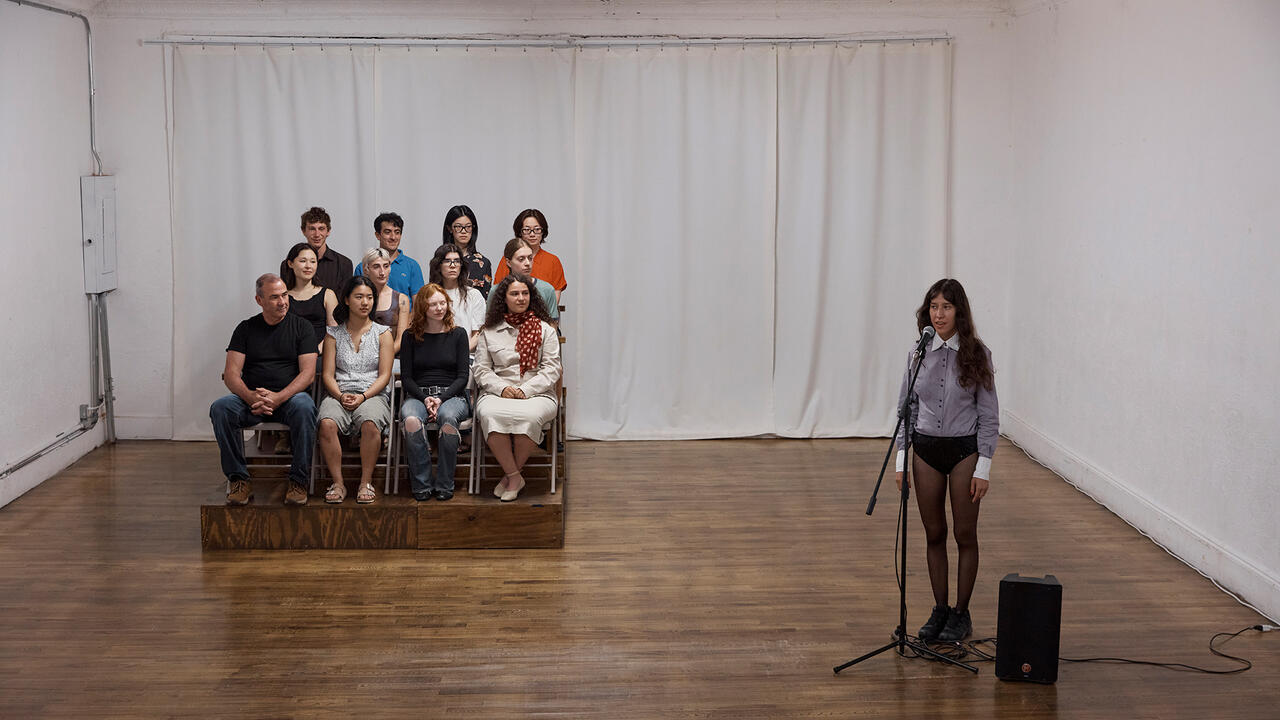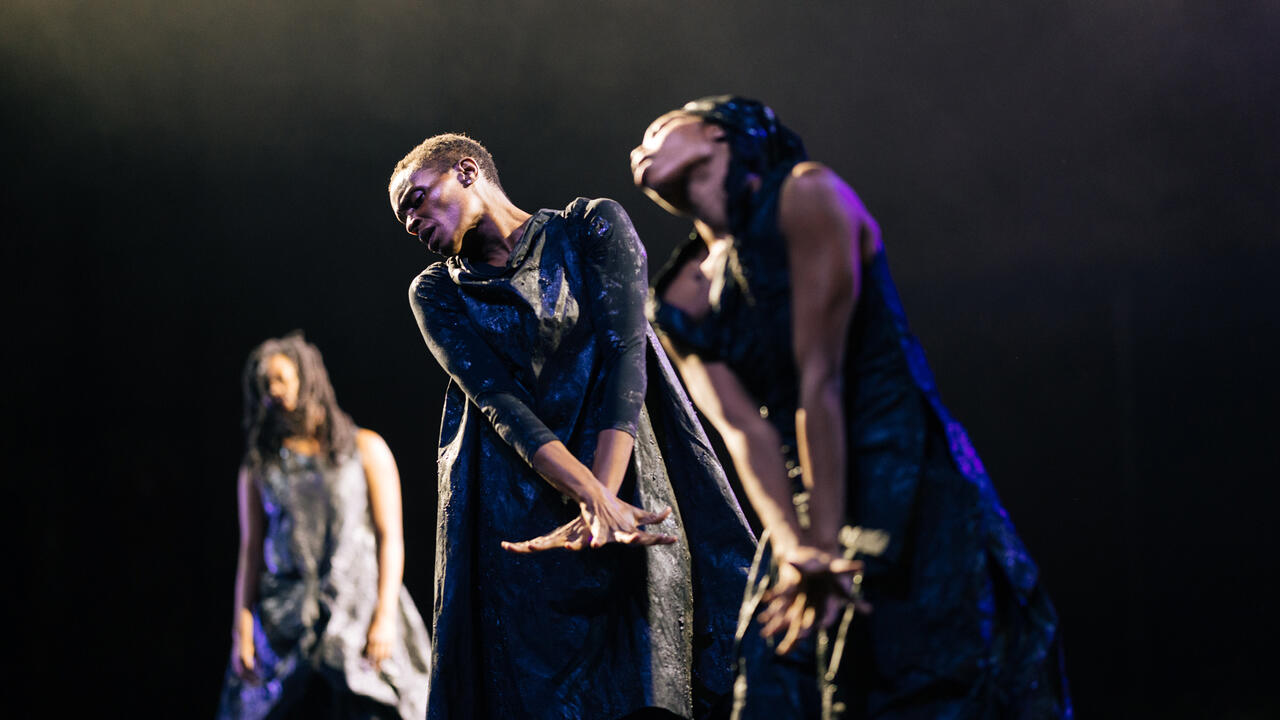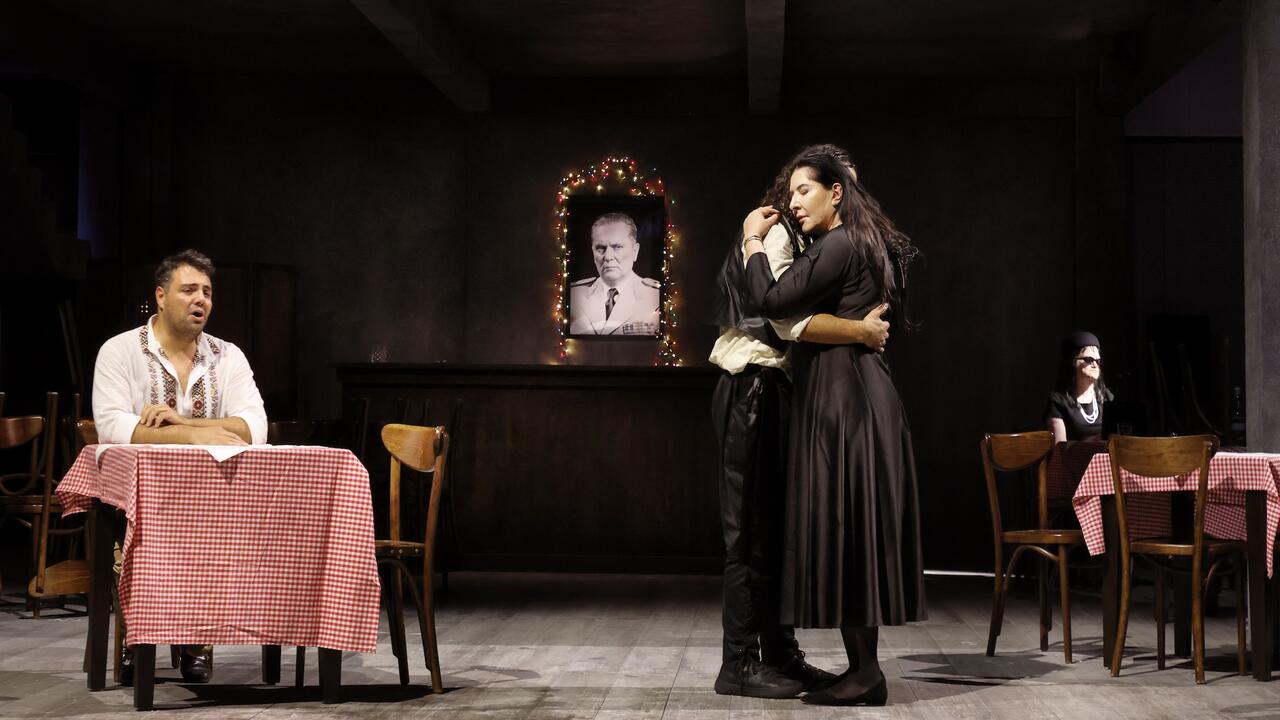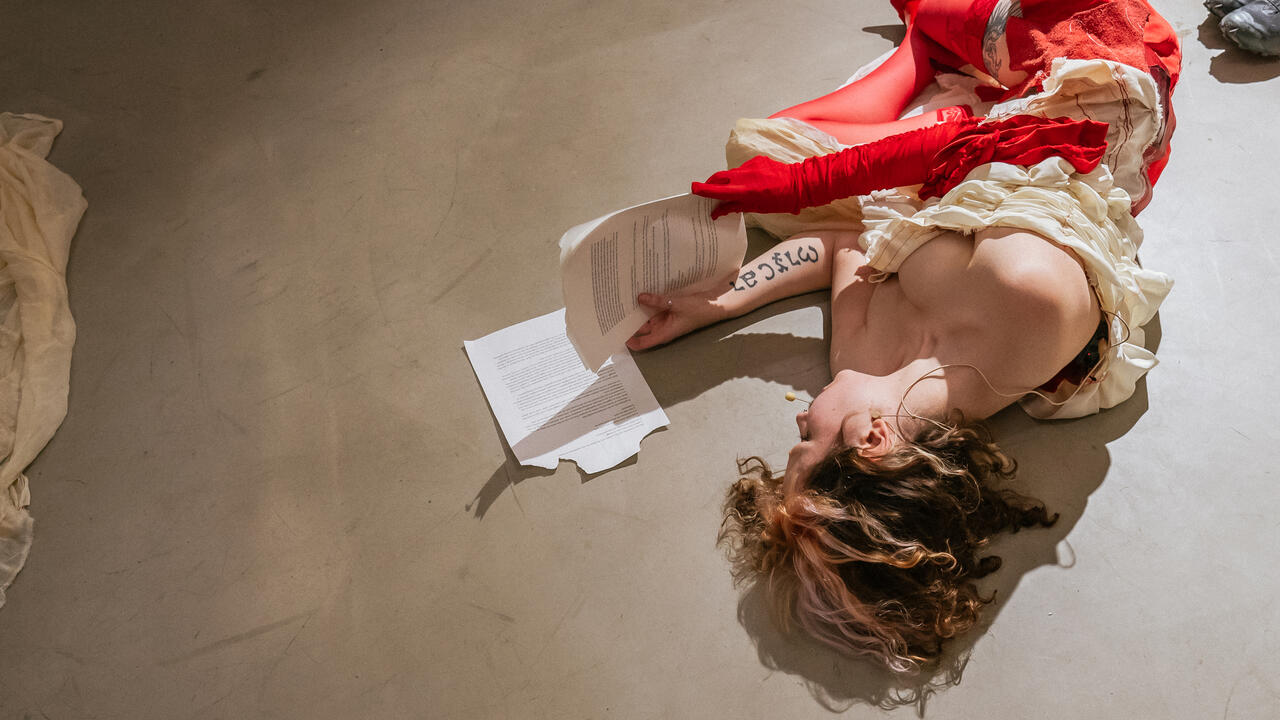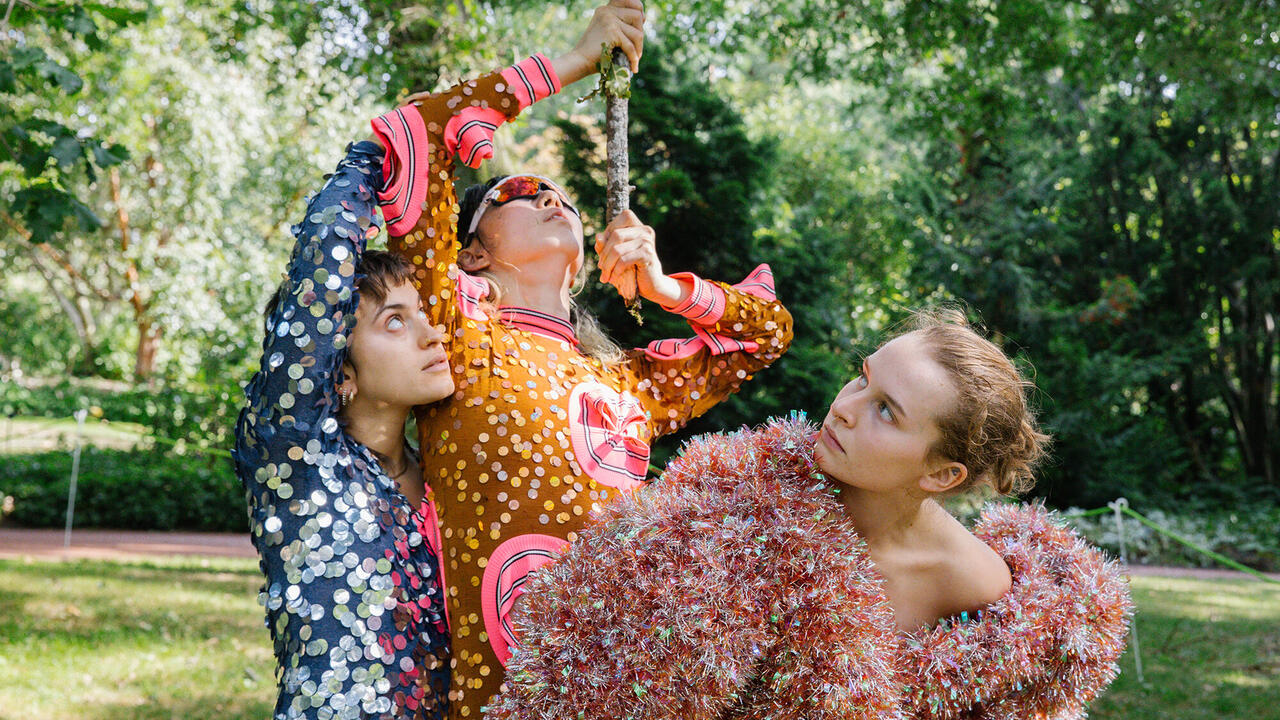What DJ Carl Craig Did Next
The Detroit techno pioneer takes the floor at Dia Beacon for his first art commission
The Detroit techno pioneer takes the floor at Dia Beacon for his first art commission

‘I didn’t want it to be anything that was a typical reference to being in a nightclub,’ said legendary techno DJ Carl Craig, spreading his arms across the back of a grey sofa. He was sitting in the offices of Dia Beacon, the Hudson Valley outpost of the New York institution famed for its collection of 1960s and ’70s conceptual, minimalist and site-specific artworks. Downstairs, between the ghostly green of a Dan Flavin sculpture and a pendulous Louise Bourgeois cocoon, visitors flitted in and out of the darkness of Craig’s new work, his first commission for an art space: an immersive installation that takes over 30,000 square feet of this ex-factory building.
The expansive work follows a trajectory of climax and anti-climax: first, sound and lights evoke a club environment, before changing to create a post-dancefloor soundscape, a nod to ‘day-after syndrome’. Party/After-Party sums up, in 20 minutes of carefully engineered sound, how affecting the basic sonic and visual elements of the dance floor can be, absent other hedonistic stimuli. ‘It’s about the flowing of the music filtering the experience,’ Craig explained, through hexagonal sunglasses and a floppy felt hat. ‘This is an opportunity to not just “put on another record”.’

Techno fans will know Craig as one of the pioneers of Detroit’s second wave of artists working in the genre. He started his own record label, Planet E Communications, in the city, in 1991. But while his home base is Detroit techno, his influence spills over into other genres. After his jazz-inspired 1999 album Programmed, he produced two albums for Detroit jazz collective Tribe, and in 2017 he released Versus, a collaboration with several classical musicians inspired by concert hall performances a decade earlier.
The collaboration with Dia has been in the works for five years. In the bare, ex-industrial concrete space, a spotlit X on the floor marks the ‘sweet spot’ for the speakers, normally where the DJ booth would be. It only appears once the ‘afterparty’ passage of the work begins: alluding to the loneliness of a crowd and putting the viewer literally on the spot. It’s one of the elements that makes the piece personal to Craig: ‘It’s true to my experience of leaving the club, having to settle down and be quiet. Every weekend I’m playing, so the afterparty is all the time for me.’
Party/After-Party has allowed Craig to reflect on these experiences in a sustained and monumental way, as opposed to the fleeting moments he gets in clubs or on social media. ‘It has to do with my legacy,’ he said. ‘It builds into how people are going to see me in 200 or 500 years.’ The audio was meticulously sound engineered to deal with the difficult acoustics of the space. The cavernous echo presented a particular challenge. Each corner of the floor is lit up with a leaning LED bar of light, but the piece’s true climax comes with the opening of the window blinds, which allows natural light to flood in and bathe visitors, to a crescendo of layered strings and 808 drum sounds.

‘That’s a strong cue from Panorama Bar and my experience playing there,’ Craig said, remembering his first encounter with the upper floor of the legendary Berlin nightclub Berghain. ‘Not only was everyone else going crazy, I was going crazy! It always stayed with me.’
Craig’s preference for simple and sometimes brutal materials, deployed at scale and with repetition, is right at home in the huge halls of Dia Beacon where John Chamberlain’s crushed metal cars and Michelle Stuart’s large monochrome paper scrolls are on permanent view. ‘I grew up with this style of art throughout my childhood,’ he said, describing an encounter with Donald Judd’s shelf-like box works of the 1960s as a milestone of his early years.
He was also influenced by Andy Warhol’s silkscreen series Shadows (1978–79), a recent addition to the permanent exhibition at Dia Beacon. A monumental sequence of multicoloured silkscreens in which each image is slightly different from the next, the work resembles a huge eye-level zoetrope. In Party/After-Party, the sequence of light and sound changes in each 20-minute cycle. ‘If someone’s sitting there for three hours, then potentially they’re going to have a different experience every time,’ Craig explained.
Later that night, at a performance organized to celebrate the work’s opening, Craig was back to business as usual, in the DJ booth where the ghostly X had been hours previously. Playing a live set with his longtime collaborator Moritz von Oswald, it felt the same as ever and yet was all new, for the millionth time.
‘Party/After-Party’ runs at Dia Beacon, New York, until 7 September 2020.
Main Image: Carl Craig at Dia Beacon, Beacon, New York. Courtesy: Dia Art Foundation, New York; Photograph: Eva Deitch








